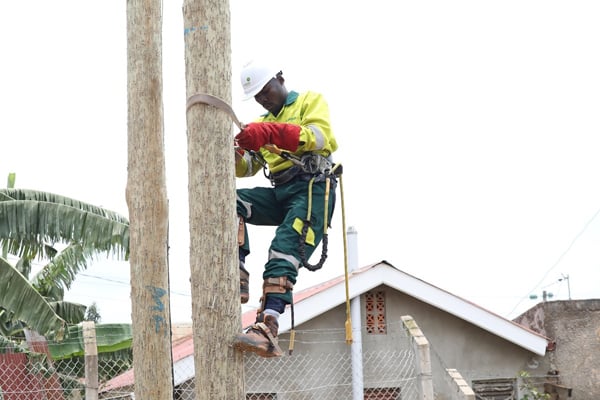Prime
Lowering power tariffs to US 5 cents possible, ERA findings indicate

Power tariffs present challenges to manufacturers, which makes Ugandan products uncompetitive. Photo / Courtesy
What you need to know:
- Electricity Regulatory Authority (ERA) has been conducting a pilot project since January 2022 to measure whether the US 5 cents per kilowatt hour electricity tariff is viable
Electricity Regulatory Authority (ERA) has said the US 5 cents per kilowatt hour tariff for large and extra-large industrial users is possible if there is an increase in demand and efficiency in supply.
While responding to Monitor inquires on the progress of the US 5 cent per kilowatt tariff pilot project that ws conducted in Liao Shen Industrial Park in Kapeeka and MMP Industrial Park in Buikwe, Eng Ziria Tibalwa Waako, the ERA chief executive officer, said the tariff can be achieved if there is incremental electricity demand, especially by large consumers.
“Yes, with demand growth and cost-efficient investment in the ESI [Electricity Supply Industry],” she responded to our inquiry whether the US 5 cent per kilowatt tariff can be implemented.
ERA has been piloting the tariff in two industrial parks since January, after it approved the 2022 Base Annual Tariff, putting in consideration demand within the parks, market structure of piloted consumers, estimated revenue shortfall and proximity of industrial parks to UETCL transmission networks.
The pilot scheme followed a directive by President Museveni in which he demanded that the cost of electricity to the manufacturers be reduced to US 5 cents per kilowatt hour as well as connect industrial parks direct from government power stations of Karuma, Isimba, Naluubale and Kiira without going through Umeme, where it is technologically possible.
The directive had sought to reduce end-user cost of electricity for manufacturers with the view of increasing competitiveness of locally manufactured products.
However, details indicate that ERA has already conducted a review of the pilot scheme with findings showing that whereas there has been an increase in consumption, beneficiaries in the two pilot areas noted that it was not immediately possible to increase production in the short-term owing to a number of factors, among which included time it takes to commission a new production line and the ripple effects of Covid-19, among others.
For instance, findings indicated that electricity consumption in Liao Shen and MMP Industrial Parks had increased from 31.58 gigawatts during the period between January and December 2021 to 38.41 gigawatts between January and October 2022, representing a growth of 21.6 percent, which is above the average recorded growth for the large industrial consumers.
As a whole energy sales to Liao Shen Industrial Park in Kapeeka and MMP Industrial Park in Buikwe, during the review period increased by 6.83 gigawatts, retuning Shs1.2b at a tariff rate of US 5 cents per kilowatt hour.
In its findings, which are yet to be made official, ERA also noted that some manufactures had complained of discrimination given that the tariff had been piloted in Kapeeka and MMP Buikwe Industrial parks, which manufacture goods that are also manufactured by companies outside the two parks.
“There are other industrial consumers manufacturing tiles in Uganda, including Modern Tiles and Millennium Tiles in Jinja. Goodwill Tiles in Kapeeka having preferential tariff is causing distortion in the tile manufacturing sector,” the findings indicate, noting that proprietors of other industrial parks have severally written to ERA complaining about the favorable treatment of Kapeeka and Buikwe Industrial parks.
Determine feasibility of rolling out
Ms Diana Naisuna Nambi, the ERA manager public relations and consumer affairs, yesterday said ERA, as part of the Tariff Review for 2022, approved the implementation of a pilot project for the direct purchase of electricity by consumers in Buikwe MMP and Kapeeka Industrial Parks at US cents 5 per kilowatt hour, the outcome of which, will be used by ERA to determine the feasibility of rolling out the US 5 cents per kilowatt hour across all industrial parks.





